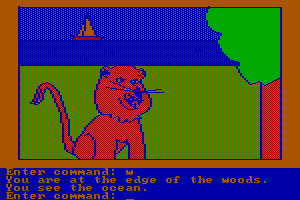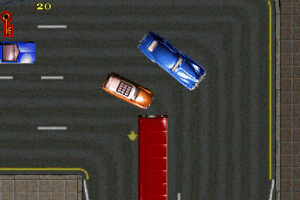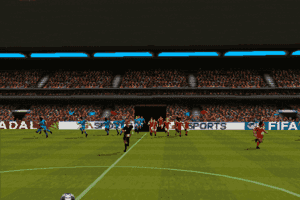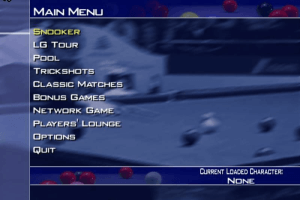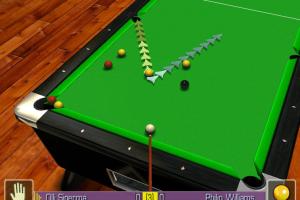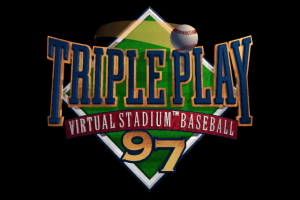Virtual Snooker
DOS - 1996
Description of Virtual Snooker
Introduction
Last year saw the release of Virtual Pool, one of the best pool simulations to come down the pike in a long time. Sporting nice high-res graphics, a simple interface, and excellent physics modelling, it brought a fresh face to a game that had been stagnant on the computer game scene for awhile. Well, that same game engine has now been reincarnated in Virtual Snooker, the latest billiard offering from Celeris/Interplay. Like its predecessor, a top player at the game, Steve Davis in this case, shows up in instructional videos on the CD.
Installation/Documentation
Installation for the game is relatively headache-free, and takes up only about 3MB of disk space. The game cannot be played entirely from the CD, nor can it be played exclusively from the hard drive with no CD. In that respect, it is somewhat burdensome to always have to fetch the CD to shoot a few strokes, but no less than with any other game, and Interplay can hardly be blamed for using the CD as a simple form of copy-protection. Nonetheless, strange as it sounds I actually keep two "installations" on my hard drive: one of the game proper and one of the demo (which does not require the CD to play). When feeling particularly lazy and in the mood just for a few practice shots, I just run the demo. When in the mood for a full match, I then reach for the CD. Hard living in the nineties.Documentation for the game is surprisingly good and complete, considering the game's intuitive interface. Not only are all instructions for installation and play covered in respectable fashion, but there is considerable background and other information included on the game of snooker and real-life play of the game as well. I've played occasional snooker matches for several years now and still learned a bit from this software manual. Having a surplus of good information in game documentation for once is admirable and a welcome change from the usual pamphlets that pass for manuals these days.
Graphics
The graphics in the game are quite good. Hi-res is sufficient for accurate ball placement, even at a reasonable distance. Playing in VGA, although possible, is not as enjoyable as it is in Virtual Pool. The larger table, smaller balls and smaller holes of snooker make exact aim all the more crucial, and snooker is much less forgiving in this respect than pool, making lo-res play a bit too blocky for fine aiming. The good news is that the list of supported video cards is quite extensive and newer cards are still being added, so this shouldn't be as big a problem for modern average hardware as it may have been a couple of years ago; few games machines today are incapable of SVGA graphics.
The viewing freedom afforded the player is excellent; zooming in and out, rotating and moving are mouse movements away, and the table and balls flawlessly change appearance with the player's position; this truly is a virtual 3D pool environment, with fully 3D objects. The snooker hall background is a bit on the drab side, but in my opinion this does not detract from the game at all and in fact may well be preferable, keeping the focus where it should be: on the table. There are, undoubtedly, performance considerations at play here as well...a detailed, textured 3D background would probably slow performance greatly, certainly as the view is being shifted, and as such, it is a more than worthwhile "sacrifice" to endure.
The video, of which there is a fair amount on the CD, is also well done, running smoothly and with good clarity on a 486 DX2/66 test system. It is of surprisingly good quality overall. Steve Davis gives very good, concise instruction with good demonstrations. Also included on the CD is his first-ever-televised-147-break, which is the highest score one can attain in snooker and which he does all in one unbroken streak. To the pros, it is relatively ho-hum stuff (they all seem to do it now and then), but it is a nifty little video to those, like me, who are thrilled when they sink three balls in a row in real life. It makes for fascinating viewing.
Audio
Sound-effects-wise, the game is fine if somewhat sparse. The sounds of balls hitting each other, sinking, etc. are accurate enough. The speech during videos is also nice and clear. What is conspicuously missing in the game audio is, to put it simply, music. Hello, Interplay, Celeris! Where's the music?! Virtual Pool at least had some small tinking tunes going, what's the deal here? Well, dear reader, there isn't a note to be found. Games are played with all the wonderful, sleep-inducing silence as the real thing. Now for those who prefer the silence, hey, fine. Just turn it off (if there was anything to turn off). But not to include any music at all in the game?! This is what the developers decided on? I consider this a major failing in the game, and an idiotic decision on the part of the developers, though I suspect this is more than a case of simply deciding to drop music from the development agenda. Why do I think that? Well, the demo for the game includes music (if simply taken right from Virtual Pool). So, in addition to the stupidity of cutting music from the final release, you can throw in a spoonful of misrepresentation for those consumers using the demo and finding no music in the final release after all. Time constraints could explain this, but then, Interplay would make good and release a patch soon afterward with the missing music, maybe? Well, no. See the Miscellaneous Comments section. Anyway, although sound-effects are adequate, overall the game audio gets, as you can guess, a big thumbs down.
Gameplay
Now here is where the game may shine, such as it does. The physics in the game is all but perfect. Balls move and interact exactly as one would expect them to on a real table, with plenty of intricacy thrown in for factors like English, hitting the cue ball with a raised stick, etc. This was Virtual Pool's strength and the game developers have obviously (and probably wisely) chosen not to mess around with a formula that works, vying instead to simply take the basic engine and put it into a snooker context. The nice thing is, the balls DO behave differently than pool balls, and I don't think it is just the size. Yes, they are smaller, but I believe the actual composition of the balls is different as well, with force being transferred differently during impact. It has been my observation that such behaviour also exists in real life, and sure enough, that has been accurately modeled in this game as well. The balls really do seem to behave uniquely, and not just as smaller pool balls.
The interface, as with Virtual Pool, is terrific, not requiring the ridiculous "angle, power" calculations that lesser and older billiard computer games required. The mouse comprises the vast majoirty of user control, and thus, the game is quick and intuitive in that respect.
There are other facets to gameplay, however, other than a good engine. In one such respect, and a relatively important one, Virtual Snooker is undeniably and disappointingly weak, and that is, in solo play. The artificial intelligence of the computer is extremely disappointing. This was certainly also a failing of Virtual Pool, but one would hope that it would have been improved for the sequel. The simulation of lower-skilled players, for example, is a bit lacking, where harder shots are not as well-accounted for as they should be. For example, a long shot across the table should pose a much greater challenge to a novice player than a short one, but in the end it still seems as if it's an arbitrary randomizer at work in the game code, not accounting well enough for such factors and not feeling at all like a human player. The computer player will miss close, easy shots and long, difficult ones with relatively equal frequency. And although it now uses bank shots (something it NEVER did in Virtual Pool), this same failing gets taken to ridiculous extremes with these kinds of shots. Can you spell triple-band shot? I've seen the computer player at low-medium skill successfully pull those off twice in one game, an obviously ridiculous premise in real life.
And the absolutely worst aspect of solo play in Virtual Snooker: the speed. It is beyond ridiculously slow. I won't work at trying to impart my impression of the game's speed with mere description; allow me instead to present an empirical finding. I noticed the game took longer on higher difficulty settings (understandably) and with more "free" balls on the table, allowing for more possible shots. So I took it to the logical extreme. I set it to maximum difficulty (the "Steve Davis" computer opponent), and started a game with a pool-like break: at maximum power, spreading red balls all over the place and giving the computer plenty of choice for its shot. Then I got out my stopwatch and a book. Well, it took, get this, 2 minutes and 35 seconds for the computer to shoot! Yes, lest you think my fingers slipped whilst typing that, allow me to reiterate: 2 minutes and 35 seconds, for one shot! Who's still complaining about Wing Commander 3's loading times? Granted, this is a worst-case scenario; most shots take less time (and even less as the game wears on and less balls are on the table), but the game is still molasses-slow. And to top it off, it still makes lousy decisions and exhibits no sign of real decision-making or planning past its one shot. Virtual Pool was stupid, but at least it was quick about it. Suffice it to say that this ranks among the worst, most inefficient artificial intelligence I've seen in any game, and over a game of snooker, yet. Please, Celeris, stay away from true strategy games, for everyone's sake. It would seem that the developers of this otherwise potentially fine program are as lacking at programming AI as they are adept at programming game physics. It really is a marvel, and frankly, a sad one. How important do I consider this failing? Well, this singular flaw was responsible for the game not obtaining even a GDR "Quality" award. Lack of adequate AI is becoming an increasingly common complaint with today's flood of flash-before-substance games, and with Virtual Snooker it gets taken to a ridiculous new extreme. Enough is enough. Oh, and it's been a good 6 months since the game's release, and even longer since the basic engine made its debut in Virtual Pool. You wouldn't care to guess if a patch exists as yet? Well, you'd do well not to bother; there are no patches for this either. Developers, get your heads out of your corner pockets and get your priorities straight.
Miscellaneous Comments
The game does not take into account "obstacles" in shooting, depending on the position of the white ball. For example, if the player is hitting it with another ball touching it on the aft side, there is no added difficulty taken into account. In real life, the obstructing ball would pose a more difficult shot since the cue stick has to be raised and the shot made above it. I don't personally consider this a very big flaw myself, considering the game's depth in physics modelling otherwise, but it is worthy of note for diehard players that may feel otherwise.
Choosing my video card from the list (a Diamond Stealth 24) gave me headaches galore...hangs and reboots galore. Choosing the standard S3 driver did away with these problems. In Virtual Pool, though, choosing the Stealth 24 was flawless for me. Hmm.
As with Virtual Pool, the game is guaranteed to improve your game or your money will be refunded. I don't know how many people have acted on that guarantee and returned the game, but I think I'll vouch for the game's claim. In my opinion, it will improve players' views of the physics of the game and of how balls interact, which can certainly improve their game. There are, of course, other factors to consider in a real game, like proper wielding of the cue stick, at least as far as playing the game goes. Properly wielding it as a weapon after your opponent has "mistakenly" added 20 to his score for the third time is another matter entirely.
Aside from what has already been said, I must once again express disgust at what I consider an intentionally misrepresentative demo of the game. It has music, which the final release inexplicably lacks, and it conveniently does not allow play against the computer, ensuring that the game's failings in that department remain safely hidden. Judge it as you will, but I for one consider this a healthy misstep from a company that should know better.
There is one patch available that I found (its URL is at the beginning of the review), but it only fixes relatively minor bugs, and certainly does nothing as far as AI or music goes. And, in addition, I could not even find the patch in the Interplay web site's patch section. I found it, sure enough, in the GD patches section instead. I don't know what the story is with this. Anyway, the previous paragraph still holds, in spades.
Conclusion
As a two-player game, or for solo practice shooting, the game is excellent for its flawless physics. Playing against the computer, however, is a sure exercise in patience-trying and a waste of time overall. If the aritificial intelligence were a bit better, the game could easily have earned a Quality award, which is not the case now. Throw in the lack of music and you have the best recipe for wasted potential I've seen in awhile. Putting aside these shortcomings, the game can still stand head and shoulders above other billiard computer games for its excellent interface and terrific physics. It could have been so much more, though.
Review By GamesDomain
External links
Captures and Snapshots
Comments and reviews
Write a comment
Share your gamer memories, help others to run the game or comment anything you'd like. If you have trouble to run Virtual Snooker, read the abandonware guide first!
Download Virtual Snooker
We may have multiple downloads for few games when different versions are available. Also, we try to upload manuals and extra documentation when possible. If you have additional files to contribute or have the game in another language, please contact us!
DOS Version
Similar games
Fellow retro gamers also downloaded these games:
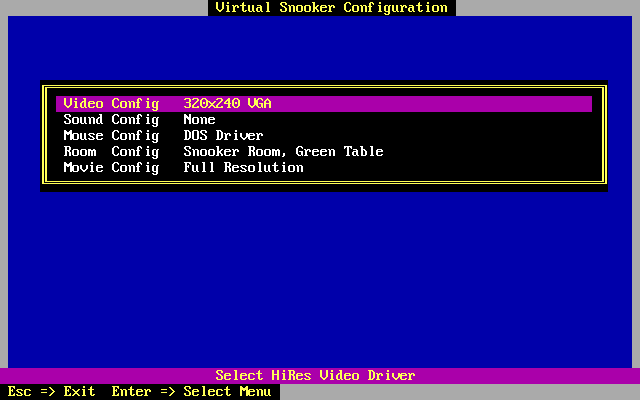
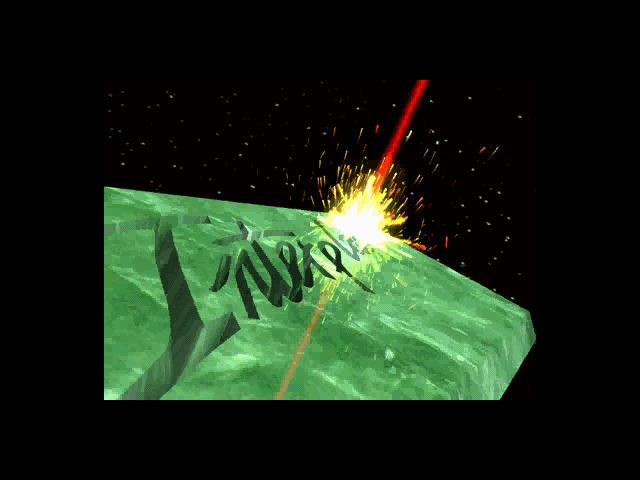
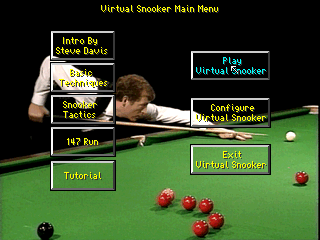
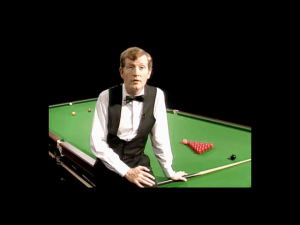
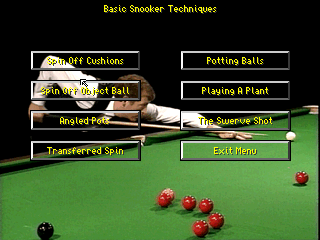
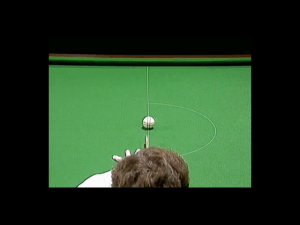
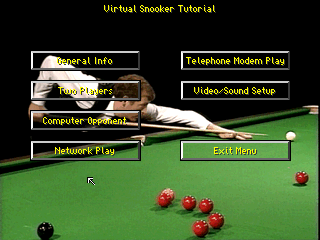
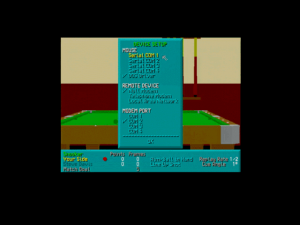
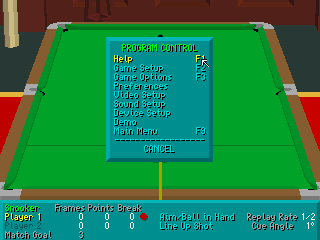
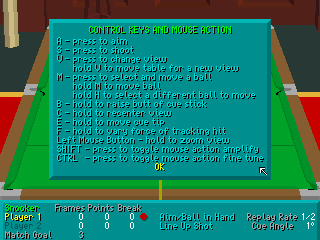
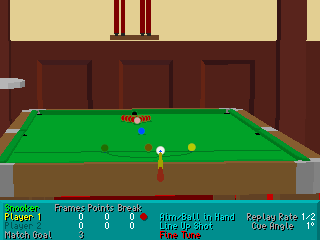
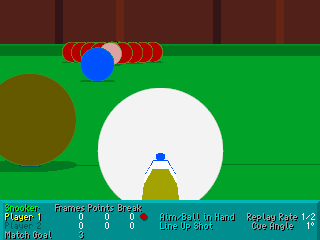
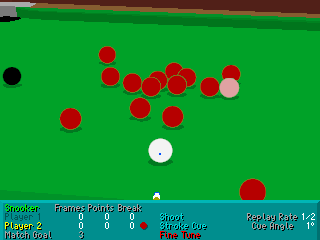
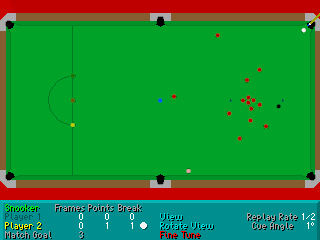
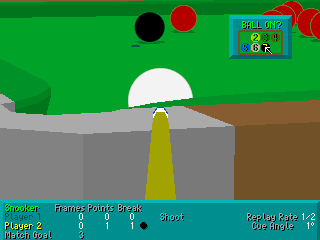
 273 MB
273 MB